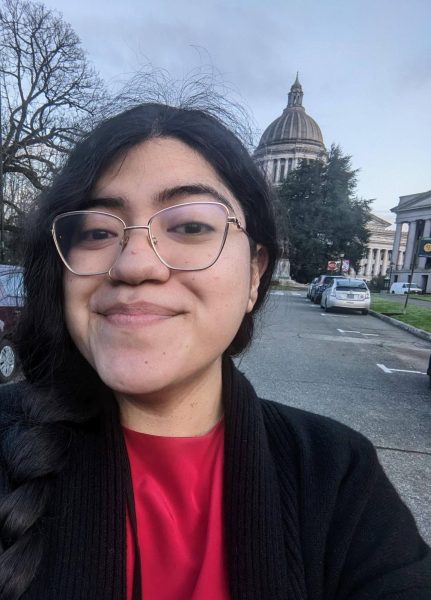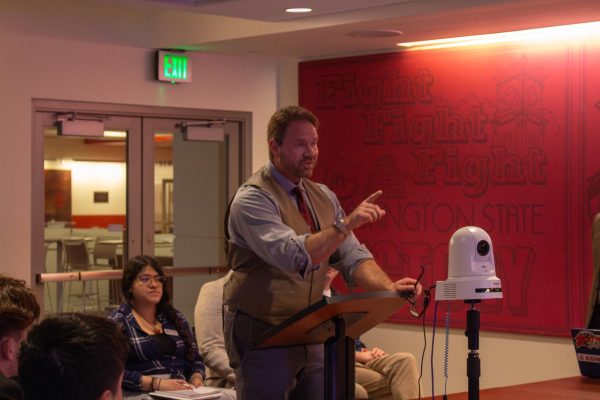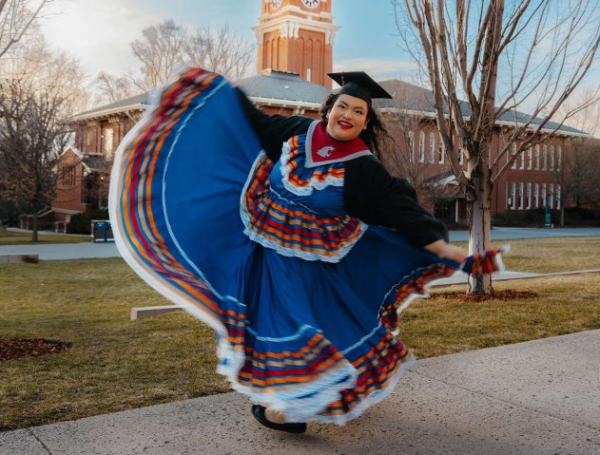Panel discusses how MLK’s dream has fared
January 20, 2017
During the public square event “Status of the Dream: Does Freedom Ring?” on Thursday, a panel concluded that making an effort to understand the minority population in the U.S. is a step toward achieving Martin Luther King Jr.’s dream.
Carolina Silva, graduate staff intern and self-proclaimed undocumented student, said students should educate themselves about their classmates and peers who come from different backgrounds and lifestyles.
“Just listen sometimes,” she said.
Fadumo Ali, a senior communication major, said she encourages anyone to become an ally. Ali said allies are not just those who are white supporting people of color; they are also people of color supporting people of color.
“I think what Martin Luther King would have wanted is more unity and more advocacy,” she said.
A major part of King’s dream, Ali said, was to see the growth of diversity and awareness in the education system.
“If we’re talking about change, we have to change education,” said Johnny Lupinacci, an assistant professor in cultural studies and social thought in education.
King delivered his “I Have a Dream” speech in August, 1963, to share his hope that the U.S. would rise up and live out its own creed.
The marches for Martin Luther King Jr. in the 1960s were composed of young people, usually around high school and college-aged, said Diversity Education Director Jeff Guillory.
“Educate yourself,” Guillory recommended. “Go to meetings, know your strengths and be willing to act on what you think is right.”
He said he was blessed to have learned from men and women who had the privilege of knowing King personally.
“(King’s) words echo more true today than they ever did,” Lupinacci said.




















